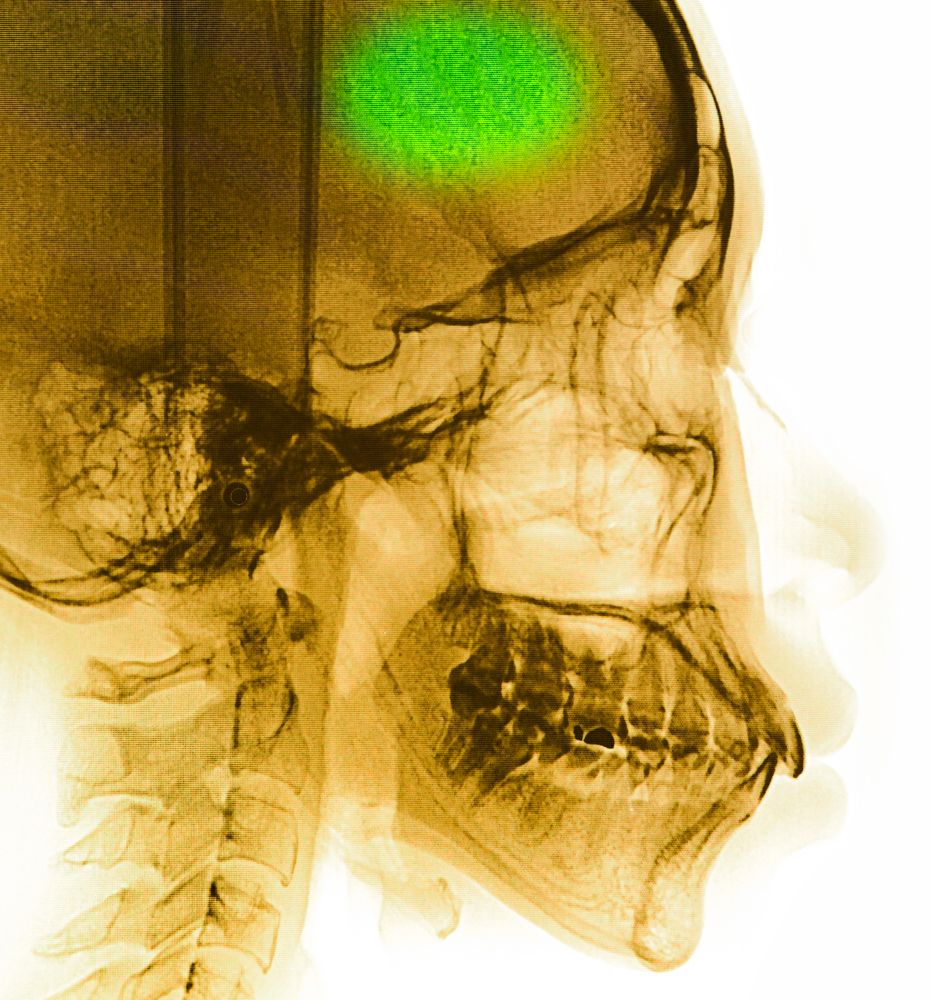Stroke Rounds: EDs See Fewer Strokes, TIAs
Stroke and TIA rates are down and fewer patients arrive by ambulance in national emergency department survey.
“©Wittybear/Shutterstock.com”

Emergency visits for ischemic strokes or transient ischemic attacks (TIAs) have dropped substantially over the past decade, a national study showed.
The rate of adult emergency department (ED) visits for ischemic stroke or TIA fell 35%, from 40 to 26 per 10,000 persons from 2001 to 2011 in the National Hospital Ambulatory Medical Care Survey (NHAMCS) data.
The rates fell across age groups-a relative 51% in the 55 to 74 range and 26% for those 75 and older, Anjali Talwalkar, MD, MPH, and Sayeedha Uddin, MD, MPH, both of the CDC’s National Center for Health Statistics in Silver Spring, Md, reported in the March issue of NCHS Data Brief.
But among younger people who came to the ED for ischemic stroke or TIA, fewer were arriving by ambulance.
That proportion dropped a relative 41% for people under 75 from 2004 through 2011, and from 41% in 2004-2005 to 24% in 2010-2011. After age 75, the proportions were higher and didn’t change significantly over time.
“Monitoring visits to emergency departments will continue to be important to assess the impact of public health campaigns to promote rapid emergency care of stroke and TIA and to describe the burden of these conditions on the US health care system,” Talwalkar and Uddin concluded.
The data came from annual nationally representative survey of visits to nonfederal hospital-based outpatient departments, EDs, and ambulatory surgery centers.
Other findings showed that imaging use increased faster for ischemic stroke or TIA than for other diagnoses, with the proportion of ED visits for ischemic stroke or TIA in which an MRI or CT scan was ordered or provided rising 39% from 2001 through 2011.
Also, the percentage admitted or transferred to a hospital increased 10% from 2001 through 2011 against a backdrop of no change in that rate in other diagnoses.
From the American Heart Association:
- Heart Disease and Stroke Statistics-2015 Update
- New Guidelines for the Early Management of Patients with Acute Ischemic Stroke
- Stroke Webinar on AIS Treatment: Recent Evidence and Its Implications
- Guidelines for the Primary Prevention of Stroke
- Guidelines for the Prevention of Stroke in Women
- Factors Influencing the Decline in Stroke Mortality
- Download a complimentary source PDF.
Primary Source
NCHS Data Brief
This article was first published on MedPage Today and reprinted with permission from UBM Medica. Free registration is required.